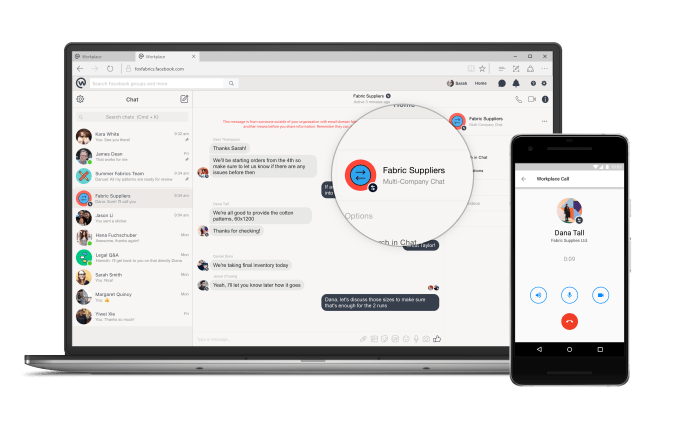workplace from facebook
connect*ed used a commercially developed social media platform – Workplace by Facebook creating a virtual community to support students’ learning. We have chosen from a wide range of virtual communities for learning. Based on students’ pilot testing, we have identified that students would like to have a platform that is user-friendly, easy to learn/use, and mobile-friendly. After examining 17 platforms on team collaboration, instant messaging, content management, e-portfolio, and software suite, we decided to use a commercially developed collaborative platform – Workplace by Facebook to connect the students and the faculty.


learning connections
We designed learning modules, called inquiry pods in pedagogically sound ways, creating online learning activities that required students to post and join discussion on Workplace. The inquiry pod themes are based on the University aims and learning outcomes of the faculty. In the first year, we chose three themes: communicator, ethical decision-maker, and global citizen. In the second year, we focus on the 21st century essential skills suggested by the World Economic Forum. Students and mentors will post, comment, reply, or give responses to each other’s posts.
social connectivity and support
Based on our first-year experience on connect*ed, we identified three key functions that the social collaborative platform performed: making learning connections, social connectivity and support, and information exchange. From what the students had posted and discussed in the Workplace, we found that there were two key areas that students enjoyed to interact with – sharing and reflection of their personal experience, and also social support to one another. If the content could help them relate to their own learning experience, they would enjoy reading and giving more feedback.


information exchange
Our experienced mentor shared tips on how to use diversified sources of information to engage in the discussion online. A wide range of multi-media materials, e.g. TED Talks, Harvard Business Review, or updated news from the mass media provided an abundance of discussion points to the team. This could be used to fill the gaps, expand, and stimulate the team discussion. The use of an online network that adopts these features can better support learners who are geographically separated and engaged in different learning experiences.
assessment
We developed an e-grading system that extracted the frequency and content of students’ posts and all other online activities into a single summary table to inform mentors about students’ online engagement. The e-grading system provided an efficient but comprehensive way for assessing medical students’ online engagement on a social media platform that was well received by users.

